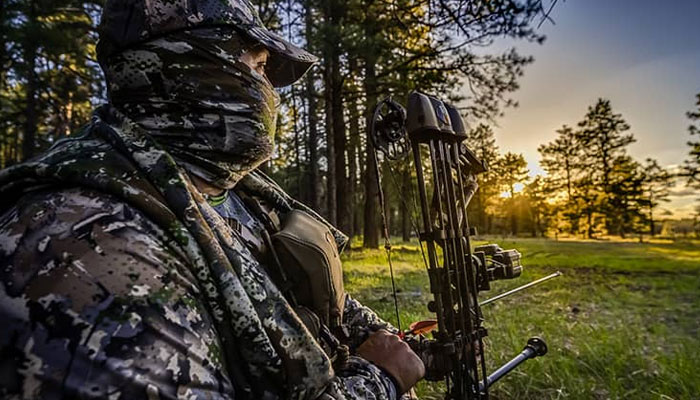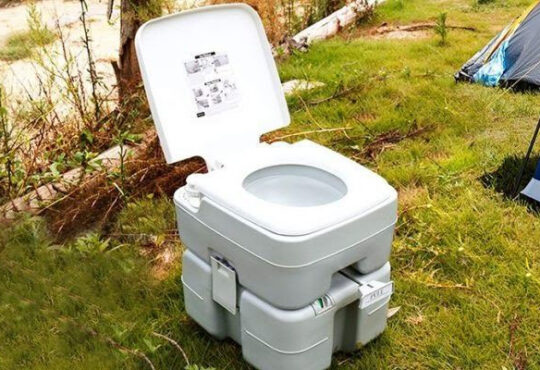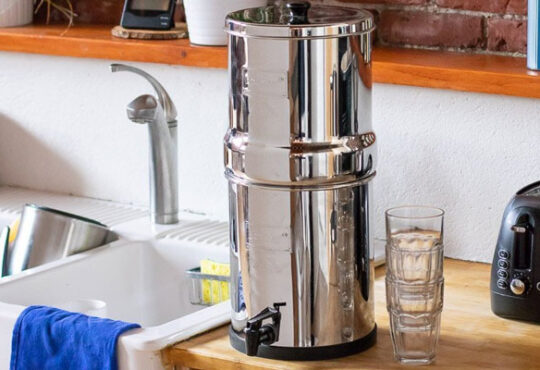
Hunting is a popular and rewarding activity that requires skill, patience, and preparation. One of the most important aspects of hunting preparation is choosing the right hunting attire. Hunting attire is not just a matter of fashion or personal preference, but it can have a significant impact on your hunting experience, performance, and safety. In this blog post, we will explore how hunting attire can affect your hunting experience in different ways, and what factors you should consider when selecting your hunting attire.
Hunting Attire and Comfort
One of the most obvious ways that hunting attire can affect your hunting experience is by influencing your comfort level. Hunting can involve long hours of walking, sitting, or standing in various weather conditions and terrains. Therefore, you need hunting attire that can keep you warm, dry, cool, or breathable, depending on the season and the environment. You also need hunting attire that can protect you from insects, thorns, branches, or other potential hazards. Moreover, you need hunting attire that can fit you well, allow you to move freely, and not cause any irritation, chafing, or discomfort.
Some of the factors that you should consider when choosing hunting attire for comfort are:
• Material: The material of your hunting attire should be suitable for the weather and the terrain. For example, you may want to choose wool, fleece, or synthetic fabrics for cold weather, as they can provide insulation and moisture-wicking properties. You may want to choose cotton, linen, or mesh fabrics for hot weather, as they can provide breathability and ventilation. You may want to choose nylon, polyester, or Gore-Tex fabrics for wet weather, as they can provide water resistance and quick-drying properties. You may also want to choose materials that are durable, lightweight, and easy to clean.
• Layering: Layering is a technique of wearing multiple layers of clothing that can help you regulate your body temperature and adapt to changing weather conditions. For example, you may want to wear a base layer that can wick away sweat and keep you dry, a mid-layer that can provide insulation and warmth, and an outer layer that can provide protection and visibility. You may also want to wear accessories, such as hats, gloves, socks, and boots, that can complement your layers and provide additional comfort and protection.
• Fit: The fit of your hunting attire is crucial, striking a balance between snug and loose for optimal comfort and functionality. Opt for hunting gear tailored to your body shape and size, ensuring freedom of movement without compromising circulation. Look for attire designed to seamlessly accommodate essential hunting equipment like backpacks, binoculars, or firearms, ensuring easy access and operation. Avoid attire prone to noise, snagging, or tangling, as these factors can compromise your stealth and safety during hunting expeditions. Explore the world of hunting in attire perfectly suited to your needs with the Blocker Outdoors Voucher Code.
Hunting Attire and Performance
Another way that hunting attire can affect your hunting experience is by influencing your performance level. Hunting can involve various skills, such as tracking, stalking, shooting, or retrieving, that require concentration, accuracy, and efficiency. Therefore, you need hunting attire that can enhance your senses, camouflage your presence, and improve your mobility.
Some of the factors that you should consider when choosing hunting attire for performance are:
• Color: The color of your hunting attire should match the color of your hunting environment, and help you blend in with your surroundings. For example, you may want to choose brown, green, or gray colors for forest or grassland hunting, as they can mimic the natural colors of the vegetation. You may want to choose white, blue, or black colors for snow or water hunting, as they can mimic the natural colors of the ice or the water. You may also want to choose patterns, such as camouflage, plaid, or stripes, that can break up your silhouette and make you less noticeable to your prey.
• Scent: The scent of your hunting attire should be neutral or natural, and not alert your prey to your presence. For example, you may want to avoid hunting attire that has strong or artificial smells, such as perfume, detergent, or fabric softener, as they can attract or repel your prey. You may want to use hunting attire that has odor-eliminating or odor-absorbing properties, such as activated carbon or silver, as they can reduce or mask your human scent. You may also want to use hunting attire that has scent-masking or scent-attracting properties, such as urine, musk, or food, as they can confuse or lure your prey.
• Functionality: The functionality of your hunting attire plays a crucial role in ensuring practicality and convenience, without impeding your hunting activities. Opt for attire equipped with well-designed pockets, zippers, or buttons, providing efficient storage and easy access to essential items like maps, knives, or calls. Consider hunting gear with strategically placed vents, cuffs, or hoods, allowing you to regulate ventilation, temperature, and visibility as needed. Explore hunting attire featuring additional elements such as padding, reinforcement, or stitching to enhance overall comfort, durability, and quality. Experience the seamless integration of functionality in your hunting adventures with the Outdoor Discount Code.
Hunting Attire and Safety
The last way that hunting attire can affect your hunting experience is by influencing your safety level. Hunting can involve various risks, such as accidents, injuries, or attacks, that require caution, prevention, and protection. Therefore, you need hunting attire that can increase your visibility, reduce your vulnerability, and provide you with emergency assistance.
Some of the factors that you should consider when choosing hunting attire for safety are:
• Brightness: The brightness of your hunting attire should contrast with the brightness of your hunting environment, and help you stand out from your surroundings. For example, you may want to choose bright or fluorescent colors, such as orange, yellow, or pink, for hunting in low-light or high-traffic areas, as they can make you more visible to other hunters or vehicles. You may want to avoid bright or fluorescent colors for hunting in bright or low-traffic areas, as they can make you more visible to your prey or predators. You may also want to use reflective or glow-in-the-dark materials, such as tape, stickers, or patches, that can enhance your visibility in the dark or fog.
• Protection: The protection of your hunting attire should cover your body parts and organs, and help you prevent or minimize injuries or infections. For example, you may want to wear protective gear, such as helmets, goggles, or vests, that can shield your head, eyes, or chest from impacts, projectiles, or shrapnel. You may want to wear protective clothing, such as jackets, pants, or gloves, that can cover your arms, legs, or hands from cuts, scratches, or bites. You may also want to wear protective footwear, such as boots, shoes, or socks, that can protect your feet from blisters, sprains, or frostbite.
• Emergency: The emergency of your hunting attire should include your identification and communication, and help you get help or rescue in case of an emergency. For example, you may want to carry your ID, license, or tags, that can identify your name, address, or blood type in case of an accident or injury. You may want to carry your phone, radio, or whistle, which can contact your family, friends, or authorities in case of danger or distress. You may also want to carry your first-aid kit, fire starter, or compass, that can provide you with medical, survival, or navigation assistance in case of a crisis or disaster.
Conclusion
Hunting attire is not just a matter of fashion or personal preference, but it can have a significant impact on your hunting experience, performance, and safety. By choosing the right hunting attire, you can enhance your comfort, performance, and safety, and enjoy a more successful and satisfying hunting experience. You should consider various factors, such as material, layering, fit, color, scent, functionality, brightness, protection, and emergency when selecting your hunting attire. You should also check the weather, the terrain, the regulations, and the preferences of your hunting area, and adjust your hunting attire accordingly.








